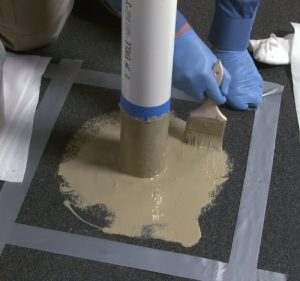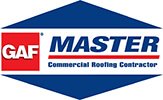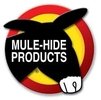Traditionally, roofers cut and shape customized pieces of flashing from sheet metal and secure the flashing in place with fasteners and adhesive. Flashing also comes as pre-formed pieces of rubber, plastic or metal, which are shaped to fit the common roof penetrations and secured with fasteners and adhesive. 
Liquid-applied flashing is a multi-component system, consisting of a liquid resin and a flexible fabric membrane, sometimes referred to as a fleece. This membrane can be cut to fit any conventional use, and is ‘sandwiched’ between coats of resin. Once the resin cures, a seamless waterproofing seal is formed.
The chief benefit of liquid-applied flashing is its versatility – it provides roofers with a flashing option for every imaginable shape. Liquid-applied flashing adheres to most surfaces, including concrete, metal and wood, and is ideal for use with modified bitumen and built-up roofing assemblies.
Once it has cured, liquid-applied flashing virtually becomes part of the substrate. No fasteners or additional sealant is required, and it provides excellent resistance to tearing, puncture, high winds, structural movement and routine foot traffic. Further, liquid-applied flashing is UV resistant by design – so it can withstand constant exposure to sunlight.
Cosmetically, liquid-applied flashing can be made to appear identical to the rest of the roof system by broadcasting roofing granules over the flashing before it cures, or by applying a secondary color coat.
With the above in mind, it’s easy to understand why liquid-applied flashing is such a popular choice for commercial roofing professionals.
















